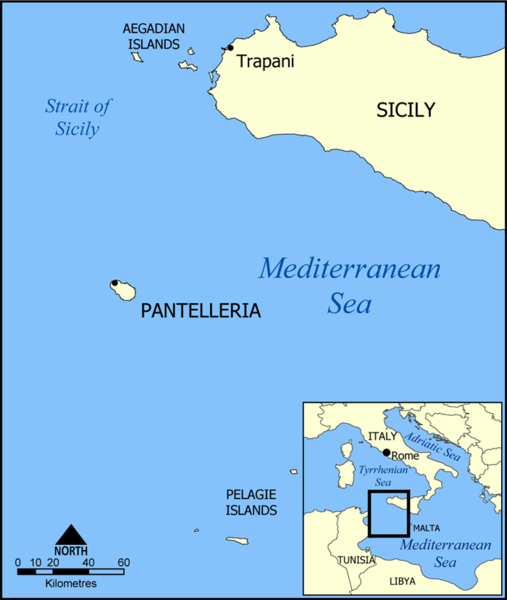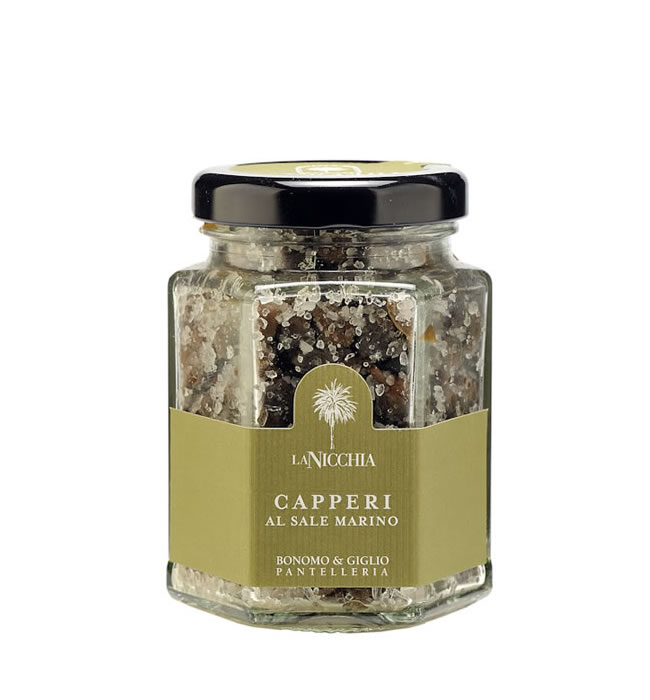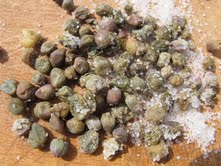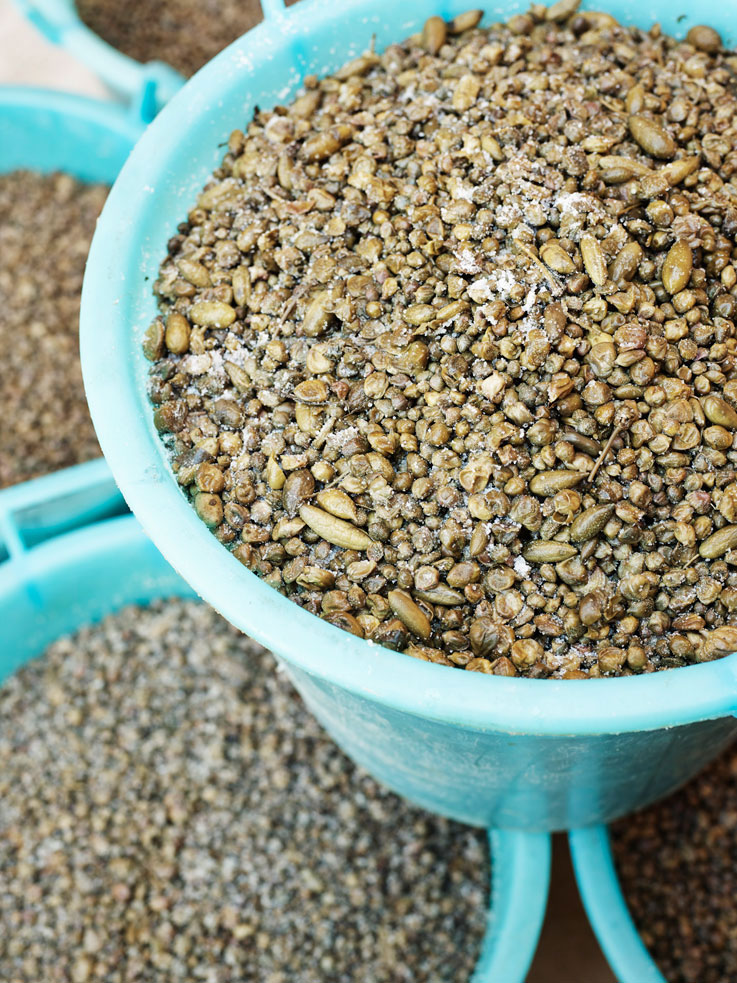 Many of the esteemed food writers we follow and adore have been lucky enough to find themselves this late summer/early fall on
Many of the esteemed food writers we follow and adore have been lucky enough to find themselves this late summer/early fall on
the Sicilian Island Pantelleria. Where as one might expect, they were wept off their collective feet by “i capperi Panteschi” capers from Pantelleria. At Gustiamo, we have been enamored by Pantelleria’s capers since 2000 when we started importing salted capers and “cucunci,” caperberries in sea salt, from La Nicchia. La Nicchia is a brand of Pantelleria capers produced by caper farmers who are part of the capers from Pantelleria cooperative.
 We could not be more pleased that so many of our favorite foodies were able to visit La Nicchia’s capperifico. There is a lot more to caper production than one might assume. As Evan Kleiman says in her Cappero Pantesco post, “Now that I know a mature caper plant yields 1.5 kilos a season (each picked laboriously by hand), I will never use one without marveling at the commitment of those who labor on their knees to bring it to us.”
We could not be more pleased that so many of our favorite foodies were able to visit La Nicchia’s capperifico. There is a lot more to caper production than one might assume. As Evan Kleiman says in her Cappero Pantesco post, “Now that I know a mature caper plant yields 1.5 kilos a season (each picked laboriously by hand), I will never use one without marveling at the commitment of those who labor on their knees to bring it to us.”
In fact, as David Rosengarten points out in his Gastronomic Report from Pantelleria, “the small ones bring the highest prices… why the high price? Simple labor analysis: ‘they are the most labor intensive to pick.'”
You can see these little green balls of flavor being jarred in Elizabeth Minchilli‘s photos in her Caper post; into the glass jars and next stop Bronx, New York!
 In the end, like everything else we love, we prefer capers from Pantelleria because the taste is unrivaled. As Rosengarten says, “the texture is best…tight and snappy” and we agree with Kleiman when she says, “I’ve always been partial to capers in salt from Pantelleria, with their mild, slightly floral flavor.” And
In the end, like everything else we love, we prefer capers from Pantelleria because the taste is unrivaled. As Rosengarten says, “the texture is best…tight and snappy” and we agree with Kleiman when she says, “I’ve always been partial to capers in salt from Pantelleria, with their mild, slightly floral flavor.” And
Elizabeth, we could not agree more with your prediction for the future of hipster pizza making with capers and crunchy capers (new product idea for
Gustiamo?), “don’t be surprised if you see them showing up on the next designer hipster pizza you order in Brooklyn or Portland.”

Why salted cappers are better?
There are two different ways of preserving cappers: the first is mainly used by the industrial producers and imply that the cappers are disposed in a jar and than covered with wine vinegar when the quality is good or with an acid fluid obtained with chemical citric acid, when the quality is poorer, meaning most of the time. Goes without saying it that this is not the proper way to taste cappers. What happens is that the acid element alters the true taste and is very hard to remove the acidity from the capper.
On the other hand when the capper is salted you can easily remove the salt by leaving the capper in warm water for 30 min and than you will be able to taste the capper as if it was just harvested in Pantelleria…smelling all the nice flavors he brought along in his growth…
Enjoy the Gustiamo salted Pantesco cappers!
Gaia, thank you for that description! We find that comparing an artisanal product to its industrial counterpart is a very interesting way to look at the artisanal product’s best qualities. I hope you don’t mind if we use your description it an upcoming blog post 🙂